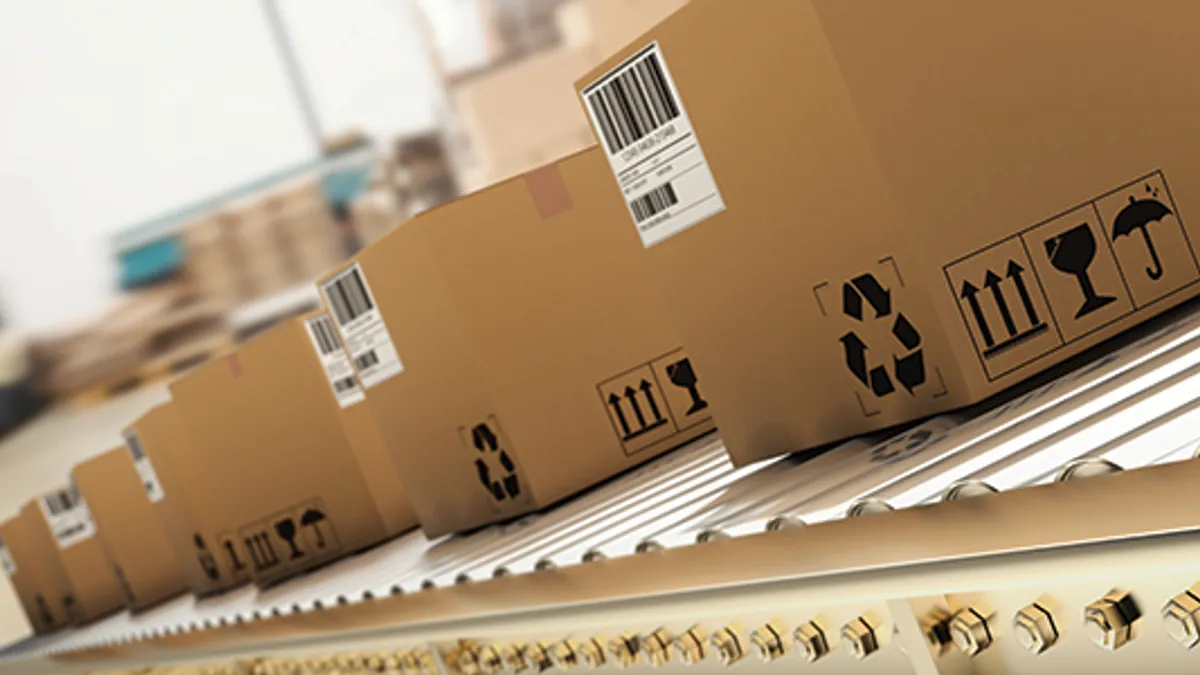In 2017 the value of retail returns hit $400 billion; that’s a 53% increase from 2015. The growth of ecommerce is playing a large role, as are the increasingly relaxed cross-channel return policies designed to drive customer loyalty: special ‘returns’ entrances, pop up kiosks at the mall for items purchased online, year-long deadlines, third-party apps, and label-free returns are among the options. As these return options continue to drive a culture of risk-free impulse buying and over purchasing, retailers and manufacturers must adopt newer, more-efficient reverse logistics programs for how to deal with the merchandise once it’s returned to the kiosk/store/warehouse.
Interestingly, more and more returned inventory – regardless of condition – is now being slated directly for liquidation. This is true for nine of the top 10 U.S. retailers and due primarily to 1) the cost associated with processing items back on shelf (consider this: it costs twice as much to process an online return as it does to sell it); and 2) newer technology-based liquidation methods available that produce much higher recovery rates for the merchandise. For example: instead of relying on one or two liquidators to purchase inventory at a rock bottom price, liquidation merchandise is sold through an online auction platform directly to thousands of business buyers across the globe.
A robust secondary market exists for just about every product regardless of condition; in every major city there are businesses that purchase truckloads of customer returns, excess inventory and discontinued goods for resale. Historically this buyer base was dependent on a liquidator or jobber in order to gain access to these goods. But now, there are web-based platforms available that allow sellers and buyers of liquidation inventory to transact directly, eliminating the middleman (as well as multiple touch points).

A PaaS (platform as a service) online auction marketplace is one example. These can be customized, integrated, and scaled based on your unique needs – think of it like your own, private site to sell returned, excess or liquidation inventory. They also allow total control over who is buying the inventory and how it enters the secondary market. Another good option is to leverage an established B2B online auction marketplace. These multi-seller marketplaces provide easy access to a wide range of buyers.
These online auction marketplaces make it just as easy to take bids from a buyer pool of thousands as it does to negotiate offline with one liquidator. What’s more, you eliminate time-consuming negotiations, automate the sales process, deliver a faster sales cycle, and generate proprietary market intelligence in the form of real data on secondary market prices. When done right, an online auction liquidation solution can boost recovery by 20%+ and sometimes much more.
Keep in mind that leveraging an online marketplace is a first step, but really understanding how to use it will deliver the best results. Knowing how to assemble inventory as well as how to target, drive and sustain the right buyers will substantially increase recovery and efficiency. This is where working with a company that has years of online marketplace experience – and years of compiled data – can make a big difference. For example:
-
Segmenting buyers by product category, condition code, and lot size will match the right buyers with your inventory.
-
More bidder competition among the right buyers will mean higher prices every time so investing in attracting new buyers is critical.
-
How auction lots are assembled is extremely important, everything from to optimizing price, to segmenting by product type, condition, and original MSRP per item will increase recovery.
It’s clear that returns will continue to be the rule in retail; and given the costs associated with processing back on shelf more returned items will be slated directly for the secondary market. In today’s competitive business climate, retailers can’t afford to use reactive, manual methods for liquidation. It’s time retailers invest in strategic, ongoing liquidation programs. For some, it could mean the difference between winning and losing.










